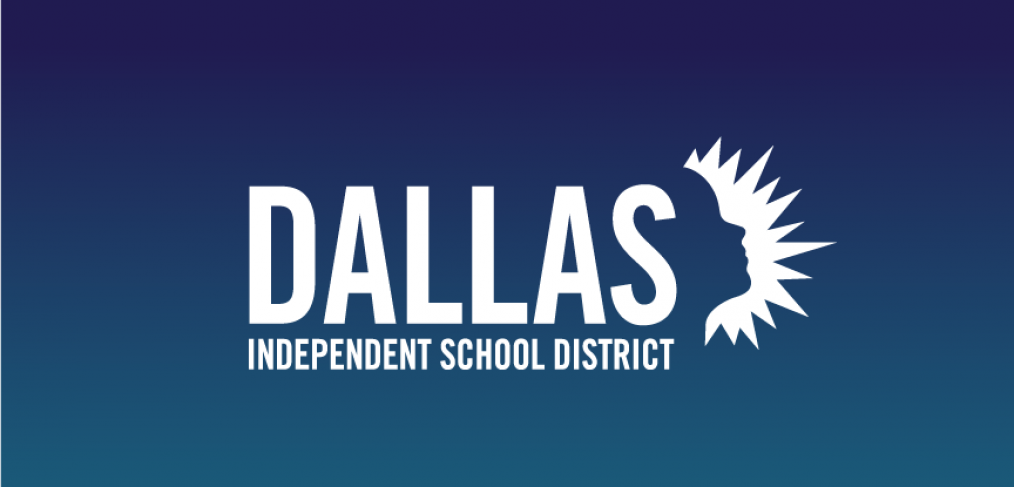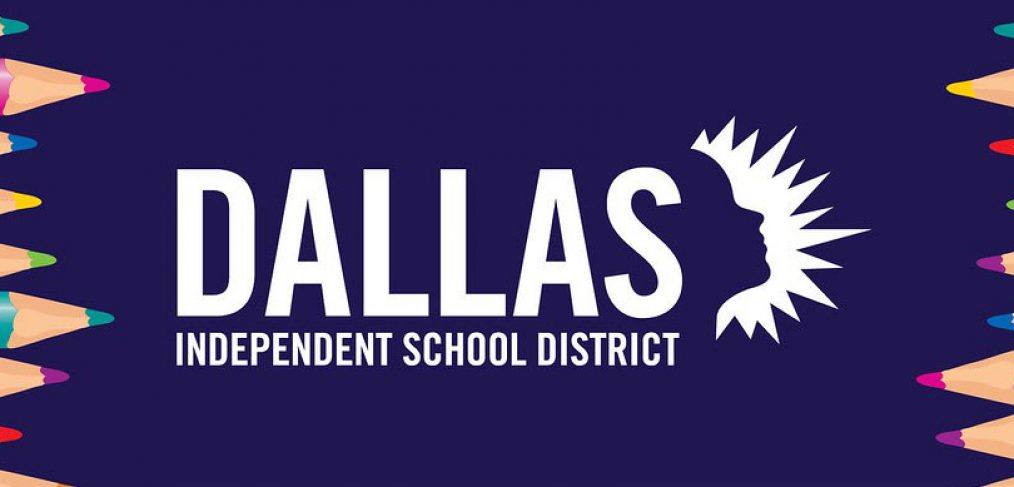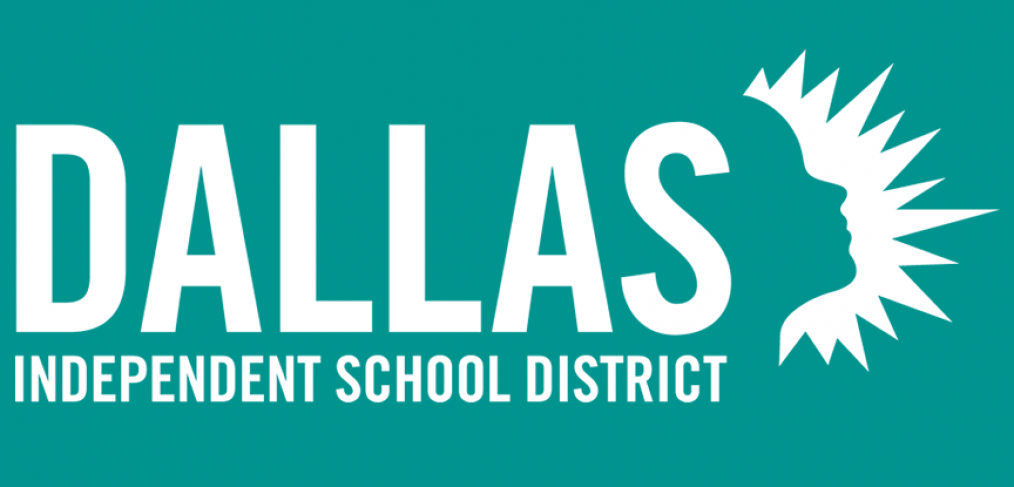Because heart disease is one of the most common chronic conditions among people living in the United States—as of 2018, 30.3 million adults have been diagnosed with heart disease—Dallas ISD is promoting heart health with information and a series of activities. Love your heart and join in!
Go Red for Women
Friday, Feb. 5, is national Go Red for Women Day to raise awareness about cardiovascular disease that affects women and save lives. According to the American Heart Association, cardiovascular disease is the No. 1 killer of women – and too many women, particularly our youngest most diverse women, remain unaware. The price of cardiovascular disease is high, and 1 in 3 women will pay that price with their life. Losing even one woman is simply not an option.
Wear read on Friday and learn more about how cardiovascular disease affects women by watching “Heart to Heart: Why losing one woman is too many,” a panel conducted by the American Heart Association.
Heart healthy activities
Keeping heart health in mind is not just a one-day affair. Dallas ISD is planning a series of activities and ways to help staff can be heart healthy:
- Keep an eye out for a heart-healthy recipe and the opportunity to share your own heart-friendly culinary creation or adaptations.
- Keep a healthy heart in mind the week of Feb. 15-19 by wearing red. Employees may choose one day that week to wear jeans if they wear a red top.
- Keep track of your steps for the month with health apps on your phone or fitness tracker. At the end of the month, send a screen capture of your monthly step average to benefits@dallasisd.org. The top five with the greatest monthly step averages among campus staff and top five among central staff will be recognized in The Beat and get a surprise.
- Keep reading informative articles to improve your heart health.
Catch some Zs for your heart
Early to bed early to rise doesn’t just bring you wealth and wisdom, it can also lead to good heart health. According to medical experts, getting enough sleep is critical for healthy heart function.
How much sleep do you need?
There is no right answer but, generally, experts recommend adults get a solid seven hours of sleep a night for peak performance during the day and to maintain healthy mental and physical functions. Unfortunately, not everyone gets enough sleep. According to the Centers for Disease Control, one in three American adults say they don’t get enough sleep daily, which can lead to conditions that affect the heart and cardiovascular health.
High blood pressure: Normally when we sleep our blood pressure lowers, giving your cardiovascular system time to rest, but among people who don’t get enough sleep or have difficulty sleeping, blood stays consistently high putting stress on the heart and leading to hypertension—75 million Americans suffer from high blood pressure.
Type 2 diabetes: Diabetes is a disease that causes sugar to build up in our blood, a condition that has the potential to damage blood vessels. Studies show that getting enough sleep may help people improve blood sugar control.
What to do for better sleep:
- Stick to a consistent sleeping and waking up pattern, even on the weekends.
- Get some sun.
- Get enough daily physical activity and try not to exercise in the hours before bedtime.
- Avoid artificial light; use a blue light filter on your electronics, especially close to bedtime.
- Don’t eat or drink a couple of hours before bedtime and avoid alcohol and high fat/sugar foods.
- Keep your bedroom cool, dark and quiet.






 David Bates was promoted to assistant superintendent of Maintenance and Facility Services/Construction Services Support. A 22-year veteran of Dallas ISD, Bates most recently served as interim executive director of Construction Services as well as the executive director of Maintenance and Facilities managing the almost 300 district facilities.
David Bates was promoted to assistant superintendent of Maintenance and Facility Services/Construction Services Support. A 22-year veteran of Dallas ISD, Bates most recently served as interim executive director of Construction Services as well as the executive director of Maintenance and Facilities managing the almost 300 district facilities.

 These are my two girls—Maebel, a mini dachshund, and Peaches, a German shepherd-pit-bull mix. We have raised each from six-weeks of age, and they are the best of friends. These two bring our whole family joy for how they humor us with their antics and show us unconditional love and loyalty.
These are my two girls—Maebel, a mini dachshund, and Peaches, a German shepherd-pit-bull mix. We have raised each from six-weeks of age, and they are the best of friends. These two bring our whole family joy for how they humor us with their antics and show us unconditional love and loyalty.
 Hennessey is my daughter’s cat and Rocky is my furry child. They are part of our family, and they have helped us cope with this pandemic. Hennessey is the “diva” of the house, loves the attention, and naps. Rocky is very playful, super energetic, and loves music. They know when we are sad or happy. Pets are bundles of LOVE wrapped in fur. I would not change them for anything.
Hennessey is my daughter’s cat and Rocky is my furry child. They are part of our family, and they have helped us cope with this pandemic. Hennessey is the “diva” of the house, loves the attention, and naps. Rocky is very playful, super energetic, and loves music. They know when we are sad or happy. Pets are bundles of LOVE wrapped in fur. I would not change them for anything. Lana is silly and playful. She also loves to cuddle and sunbathe. I love coming home to her because she brings me joy and peace.
Lana is silly and playful. She also loves to cuddle and sunbathe. I love coming home to her because she brings me joy and peace. Mucca is an April Fool’s birthday pup but he is no fool. He is very smart. He is 8-month-ol and came to my family in May 2020 to bring my children happiness during this pandemic. Mucca loves to play ball, and he loves when we chase him instead of him chasing us. We all love him and spoil him like if he is part of the family. I wish he could read so he can see how much we love him.
Mucca is an April Fool’s birthday pup but he is no fool. He is very smart. He is 8-month-ol and came to my family in May 2020 to bring my children happiness during this pandemic. Mucca loves to play ball, and he loves when we chase him instead of him chasing us. We all love him and spoil him like if he is part of the family. I wish he could read so he can see how much we love him.
 My new rescue dog, Zelly, is soooooo sweet.
My new rescue dog, Zelly, is soooooo sweet. My fur babies are Peach, Peri and Ellie. Peach loves to cuddle and is my little shadow who follows me everywhere. She has enjoyed the pandemic and is wondering why I can’t always work from home. Peri is my little old man and has some health issues, but that doesn’t stop him from being the most loving and docile Chihuahua you will ever meet. Ellie is my ornery little lady and is a more typical Chihuahua. She is cranky with Peach and with most people outside of our home. You might call her an “ankle biter” though with our family, she is so loving and snuggly and loves to play with toys. The unconditional love they give makes my life so much richer.
My fur babies are Peach, Peri and Ellie. Peach loves to cuddle and is my little shadow who follows me everywhere. She has enjoyed the pandemic and is wondering why I can’t always work from home. Peri is my little old man and has some health issues, but that doesn’t stop him from being the most loving and docile Chihuahua you will ever meet. Ellie is my ornery little lady and is a more typical Chihuahua. She is cranky with Peach and with most people outside of our home. You might call her an “ankle biter” though with our family, she is so loving and snuggly and loves to play with toys. The unconditional love they give makes my life so much richer. Xolo is my 6-month-old German Shorthaired Pointer puppy. He loves to eat, the outdoors, and attention from anyone and everyone. He drives us crazy but makes us so happy as there is never a dull moment with him. He is my first pet ever, and I never thought I would care so much about a dog. Nonetheless, here I am spoiling this dog.
Xolo is my 6-month-old German Shorthaired Pointer puppy. He loves to eat, the outdoors, and attention from anyone and everyone. He drives us crazy but makes us so happy as there is never a dull moment with him. He is my first pet ever, and I never thought I would care so much about a dog. Nonetheless, here I am spoiling this dog. Lola is my 1-year-old Shih Tzu cuddle muffin. She is full of love and brings me so much joy. She forces me to take a break from teacher life so we can play and spend time outside. She loves wearing fun clothes and has several options to choose from thanks to her grandma. Lola has been such a blessing and stress reliever during this challenging school year.
Lola is my 1-year-old Shih Tzu cuddle muffin. She is full of love and brings me so much joy. She forces me to take a break from teacher life so we can play and spend time outside. She loves wearing fun clothes and has several options to choose from thanks to her grandma. Lola has been such a blessing and stress reliever during this challenging school year.